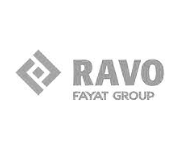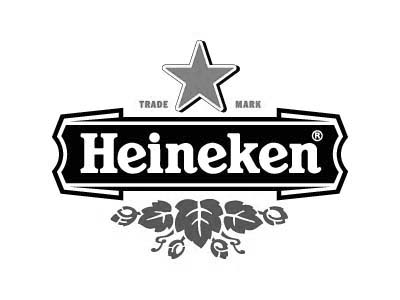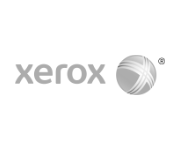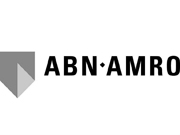Can you be trusted?
Can be trusted is one of the 48 qualities that respondents of our 360-degree feedforward analysis™ quite often give to those for whom they select the qualities. When I tell the respective feedforward recipients this, they often breathe a sigh of relief: “It is nice that the environment also thinks I can be trusted,” Almost without exception, the feedforward recipients indicate how important they find it that others consider them a person who can be trusted.
Mutual trust forms the foundation for collaboration
It seems to be our instinct that ‘can be trusted’ is the starting point for effective and successful collaboration, in whatever form. If you do not trust the other person, that person can say what one wants and/or take action very decisively but you will not appreciate one’s words and actions, and take them seriously, which has detrimental consequences for the effectiveness of collaboration…
Thus, mutual trust forms the foundation of successful collaboration.
Only those who still get the benefit of the doubt, even in difficult, troubled or changing times (and maybe when making strange decisions in 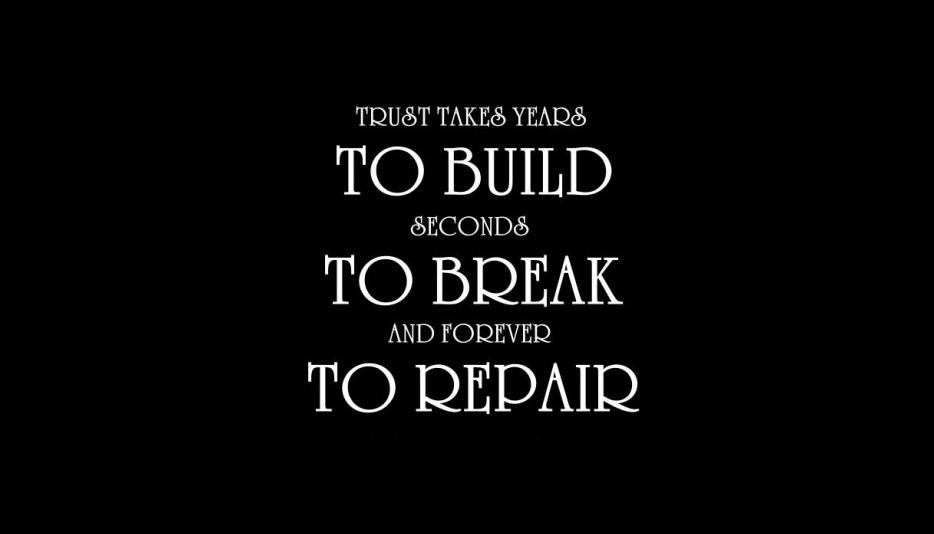 your eyes), are capable of working together effectively in a sustainable way. These are the people whom you keep following or with whom you keep moving along, even though you find it a somewhat difficult decision but oh well, he/she is doing it so it will probably be good for something.
your eyes), are capable of working together effectively in a sustainable way. These are the people whom you keep following or with whom you keep moving along, even though you find it a somewhat difficult decision but oh well, he/she is doing it so it will probably be good for something.
In team sessions too, I see the importance of ‘can be trusted’ for effective collaboration. When teams have been working in a certain constellation for a while and want to work on more effective collaboration, it often comes down to (re)building mutual trust. No matter how we have come together in such a team session, when a team member over time uses the words ‘mutual trust’ or the lack thereof, a meaningful silence often occurs. It is clear: everyone feels that it is about that and should be about that. Then, there is room to look for ways to build a greater mutual trust together.
How do you build mutual trust?
I have used the word trust very often now. You may think: what is this vague and, possibly, container concept? And I agree with you. “Nice to see that there is a lack of trust or that there has not been time yet to work on this with each other, but now what? In specific terms, how do you do that?”
I am still grateful for the next concrete formula for building trust I learned:

Credibility
Credibility = Do I believe you? Do I find you honest and sincere? Does it feel right for me how you come across? In order to be trusted, it is nice when your credibility is great. How to measure it is very subjective, though. What seems credible to me can be different for you.
However, if you want to increase your credibility, experience shows that it often seems to be about showing more vulnerability and transparency. Instead of always showing one side of yourself, also show that other side of you. After all, each person has both sides in one (businesslike – personal, strong – vulnerable, etc.). Showing both seems to make people more credible.
If you do not know the other person yet or well enough, it is nice to get to know each other better. This is not only done by sharing the image of how you like to see yourself but also by deliberately giving a picture of how you are currently being looked at as complete as possible in terms of qualities as points for improvement. One way of doing this is by sharing something different from what you normally share during a first meeting.
What is your story?
Reliability
Reliability = Do you say what you do and do you do what you say? Can I rely on you? To be trusted, it is also nice to have great reliability. If you want to increase your reliability, you can certainly take concrete action. In essence, it comes down to honoring your commitments. In addition, some monitoring is required: do you address the things again that you have announced or spoken of before? This is really about ‘you say what you do and you do what you say.’ Commit and stick to your commitments. Address them again.
Ego
Ego = your personal orientation and interest. In order to keep this as small as possible (and, therefore, the trust in you as big as possible), it is important to have agreement and clarity regarding the common and shared interest. “We ultimately have the same goal.” When you want to work on this collective interest, it can, for example, be emphasized more in the meetings and conversations that you already conduct. Of course, you may also have a personal interest in a certain direction. However, in order to mobilize and inspire others to go in your direction too, it is important for the other person to get clarity on that collective interest first. The next step is to zoom in on why they should move there, meaning what their personal interest is in this so that they can also tap into that collective interest.
Quote from an interview with a manager and employee within an insurance company following a High-Performance Organization process: The manager says: “In the first days, I sat down for half an hour with everyone just to ask who they are. I noticed that this was appreciated very much.” Complemented by the employee: “We were asked and able to give our opinion in an open conversation. The personal interest has also contributed to the confidence in my manager. I notice that I can now discuss matters more quickly.”
Because people do not just want to be told what the collective interest is. They want to be included but they also want to contribute and be seen for their personal added value. As a colleague from the field, anthropologist Jitske Kramer, says it nicely: “It is not only about being invited to the party. It is also about being asked to join in and dance.”
Be trusted comes on foot…
Would it be fun to fill out the formula of trust for yourself? Score yourself on the three elements of the aforementioned formula. How big is the trust in you? What could you do to increase the trust in you?
Alternatively, talk about this with your colleagues. Conduct the feedforward group analysis and get clarity about where everyone’s individual qualities lie and how each person contributes to the mutual trust in the group. Where in the group can more attention be paid to increase the mutual trust further? Discuss this with each other. You will see: with this, you work directly on increasing the mutual trust!
Because, of course, the three qualities of the trust formula mentioned are also reflected in the feedforward analysis. In addition, with this analysis, you also get a clearer picture of your other qualities, including the way in which you can contribute even more effectively. Consequently, you immediately get to know each other better.
To those who say that it is not safe enough at your workplace to assess qualities for colleagues, I would like to say: “You know the saying: trust comes on foot but leaves on horseback!” Greater mutual safety does not come out of the blue; you have to work for it. Use the feedforward analysis™ to investigate with each other in a non-threatening and positive way which element(s) already score well and which element(s) can be improved. This will act as a lever for an even greater trust. This is not only fun but also a safe way to build trust.
Good luck. I trust you can do it 😉
Muriel Schrikkema
Mrs. feedforward

